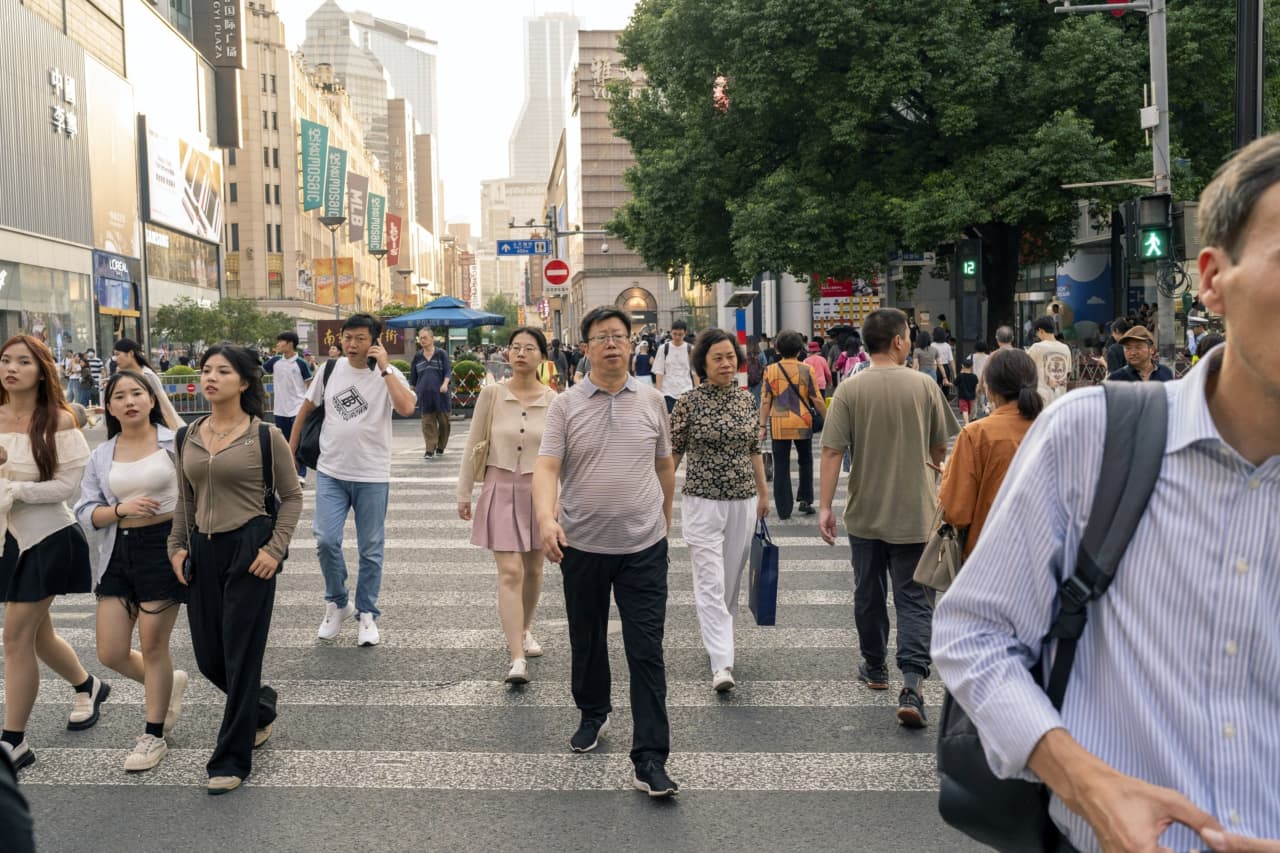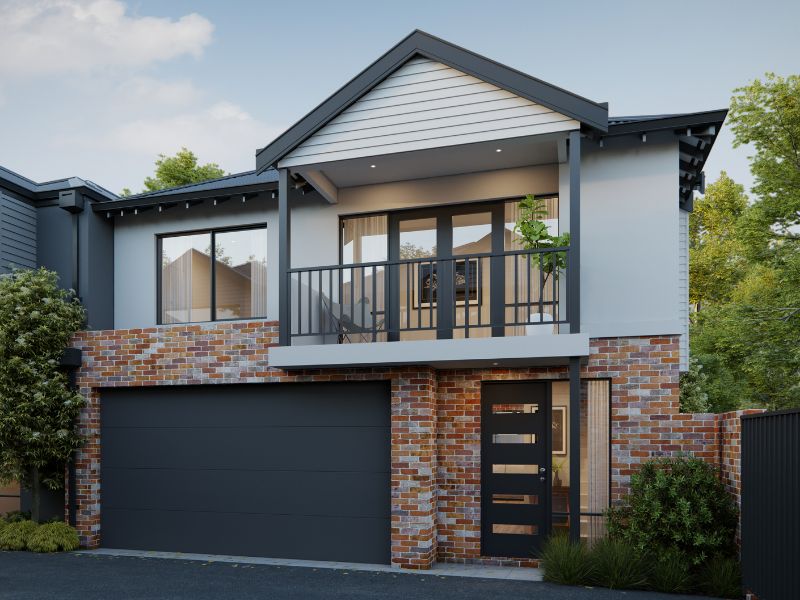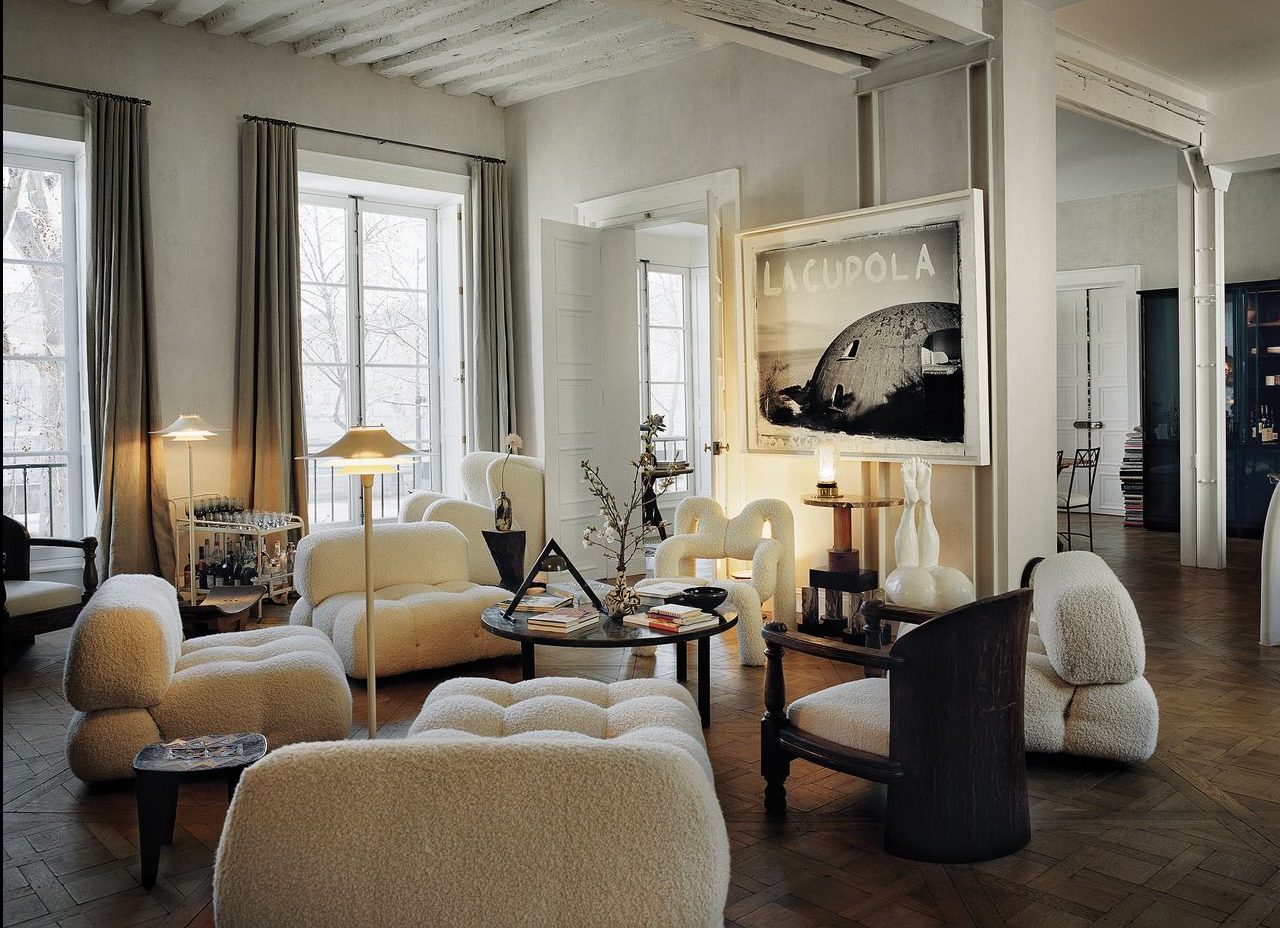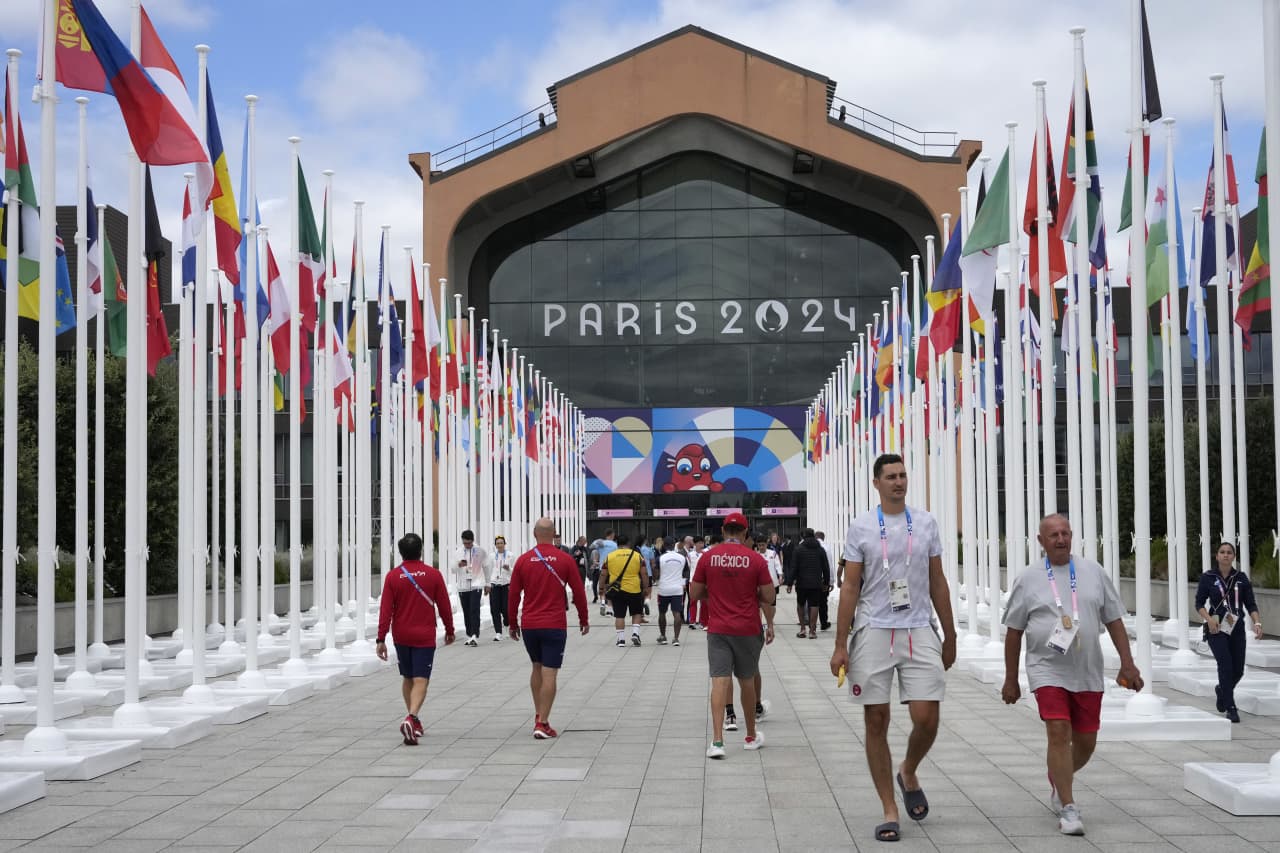China’s economic recovery isn’t gaining the momentum money managers are awaiting.
Data from China Beige Book show that the economic green shoots glimpsed in August didn’t sprout further in September. Job growth and consumer spending faltered, while orders for exports came in at the lowest level since March, according to a monthly flash survey of more than 1,300 companies the independent research firm released Thursday evening.
Consumers’ initial revenge spending after Covid restrictions eased could be waning, the results indicate, with the biggest pullbacks in food and luxury items. While travel remains a bright spot ahead of the country’s Mid-Autumn Festival, hospitality firms and chain restaurants saw a sharp decline in sales, according to the survey.
And although policy makers have shown their willingness to stabilize the property market, the data showed another month of slower sales and lower prices in both the residential and commercial sectors.
Even more troubling are the continued problems at Evergrande Group, which has scuttled a plan to restructure itself, raising the risk of a liquidation that could further destabilise the property market and hit confidence about the economy. The embattled developer said it was notified that the company’s chairman Hui Ka Yan, who is under police watch, is suspected of committing criminal offences.
Nicole Kornitzer, who manages the $750 million Buffalo International Fund (ticker: BUIIX), worries about a “recession of expectations” as confidence continues to take a hit, discouraging people and businesses from spending. Kornitzer has only a fraction of the fund’s assets in China at the moment.
Before allocating more to China, Kornitzer said, she needs to see at least a couple quarters of improvement in spending, with consumption broadening beyond travel and dining out. Signs of stabilisation in the housing market would be encouraging as well, she said.
She isn’t alone in her concern about spending. Vivian Lin Thurston, manager for William Blair’s emerging markets and China strategies, said confidence among both consumers and small- and medium-enterprises is still suffering.
“Everyone is still out and about but they don’t buy as much or buy lower-priced goods so retail sales aren’t recovering as strongly and lower-income consumers are still under pressure because their employment and income aren’t back to pre-COVID levels,” said Thurston, who just returned from a visit to China.
“A lot of small- and medium- enterprises are struggling to stay afloat and are definitely taking a wait-and-see approach on whether they can expand. A lot went out of business during Covid and aren’t back yet. So far the stimulus measures have been anemic.”
Beijing needs to do more, especially to stabilise the property sector, Thurston said. The view on the ground is that more help could come in the fourth quarter—or once the Federal Reserve is done raising rates.
The fact that the Fed is raising rates while Beijing is cutting them is already putting pressure on the renminbi. If policy makers in China wait until the Fed is done, that would alleviate one source of pressure before their fiscal stimulus adds its own.
 Copyright 2020, Dow Jones & Company, Inc. All Rights Reserved Worldwide. LEARN MORE
Copyright 2020, Dow Jones & Company, Inc. All Rights Reserved Worldwide. LEARN MORE
What a quarter-million dollars gets you in the western capital.
Alexandre de Betak and his wife are focusing on their most personal project yet.
As Paris makes its final preparations for the Olympic games, its residents are busy with their own—packing their suitcases, confirming their reservations, and getting out of town.
Worried about the hordes of crowds and overall chaos the Olympics could bring, Parisians are fleeing the city in droves and inundating resort cities around the country. Hotels and holiday rentals in some of France’s most popular vacation destinations—from the French Riviera in the south to the beaches of Normandy in the north—say they are expecting massive crowds this year in advance of the Olympics. The games will run from July 26-Aug. 1.
“It’s already a major holiday season for us, and beyond that, we have the Olympics,” says Stéphane Personeni, general manager of the Lily of the Valley hotel in Saint Tropez. “People began booking early this year.”
Personeni’s hotel typically has no issues filling its rooms each summer—by May of each year, the luxury hotel typically finds itself completely booked out for the months of July and August. But this year, the 53-room hotel began filling up for summer reservations in February.
“We told our regular guests that everything—hotels, apartments, villas—are going to be hard to find this summer,” Personeni says. His neighbours around Saint Tropez say they’re similarly booked up.
As of March, the online marketplace Gens de Confiance (“Trusted People”), saw a 50% increase in reservations from Parisians seeking vacation rentals outside the capital during the Olympics.
Already, August is a popular vacation time for the French. With a minimum of five weeks of vacation mandated by law, many decide to take the entire month off, renting out villas in beachside destinations for longer periods.
But beyond the typical August travel, the Olympics are having a real impact, says Bertille Marchal, a spokesperson for Gens de Confiance.
“We’ve seen nearly three times more reservations for the dates of the Olympics than the following two weeks,” Marchal says. “The increase is definitely linked to the Olympic Games.”

Getty Images
According to the site, the most sought-out vacation destinations are Morbihan and Loire-Atlantique, a seaside region in the northwest; le Var, a coastal area within the southeast of France along the Côte d’Azur; and the island of Corsica in the Mediterranean.
Meanwhile, the Olympics haven’t necessarily been a boon to foreign tourism in the country. Many tourists who might have otherwise come to France are avoiding it this year in favour of other European capitals. In Paris, demand for stays at high-end hotels has collapsed, with bookings down 50% in July compared to last year, according to UMIH Prestige, which represents hotels charging at least €800 ($865) a night for rooms.
Earlier this year, high-end restaurants and concierges said the Olympics might even be an opportunity to score a hard-get-seat at the city’s fine dining.
In the Occitanie region in southwest France, the overall number of reservations this summer hasn’t changed much from last year, says Vincent Gare, president of the regional tourism committee there.
“But looking further at the numbers, we do see an increase in the clientele coming from the Paris region,” Gare told Le Figaro, noting that the increase in reservations has fallen directly on the dates of the Olympic games.
Michel Barré, a retiree living in Paris’s Le Marais neighbourhood, is one of those opting for the beach rather than the opening ceremony. In January, he booked a stay in Normandy for two weeks.
“Even though it’s a major European capital, Paris is still a small city—it’s a massive effort to host all of these events,” Barré says. “The Olympics are going to be a mess.”
More than anything, he just wants some calm after an event-filled summer in Paris, which just before the Olympics experienced the drama of a snap election called by Macron.
“It’s been a hectic summer here,” he says.

AFP via Getty Images
Parisians—Barré included—feel that the city, by over-catering to its tourists, is driving out many residents.
Parts of the Seine—usually one of the most popular summertime hangout spots —have been closed off for weeks as the city installs bleachers and Olympics signage. In certain neighbourhoods, residents will need to scan a QR code with police to access their own apartments. And from the Olympics to Sept. 8, Paris is nearly doubling the price of transit tickets from €2.15 to €4 per ride.
The city’s clear willingness to capitalise on its tourists has motivated some residents to do the same. In March, the number of active Airbnb listings in Paris reached an all-time high as hosts rushed to list their apartments. Listings grew 40% from the same time last year, according to the company.
With their regular clients taking off, Parisian restaurants and merchants are complaining that business is down.
“Are there any Parisians left in Paris?” Alaine Fontaine, president of the restaurant industry association, told the radio station Franceinfo on Sunday. “For the last three weeks, there haven’t been any here.”
Still, for all the talk of those leaving, there are plenty who have decided to stick around.
Jay Swanson, an American expat and YouTuber, can’t imagine leaving during the Olympics—he secured his tickets to see ping pong and volleyball last year. He’s also less concerned about the crowds and road closures than others, having just put together a series of videos explaining how to navigate Paris during the games.
“It’s been 100 years since the Games came to Paris; when else will we get a chance to host the world like this?” Swanson says. “So many Parisians are leaving and tourism is down, so not only will it be quiet but the only people left will be here for a party.”















